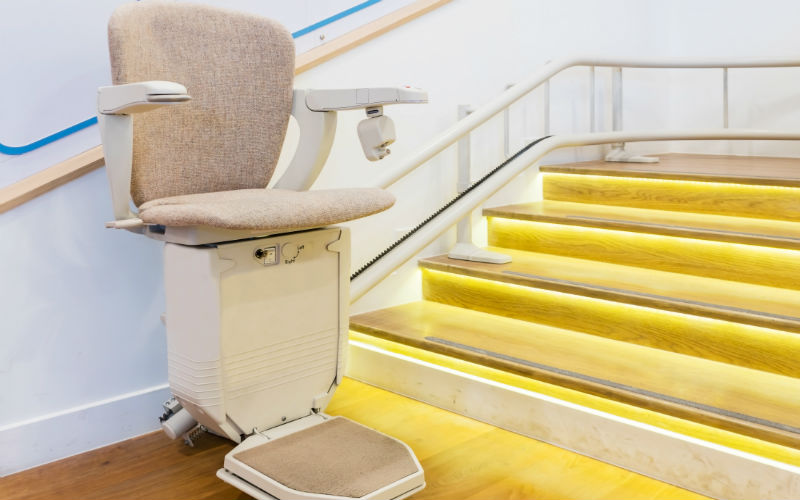One of the questions that patients have after laparoscopic surgery is how the port site closure is completed. In the procedure, the medical team will inflate the abdomen with gas. The doctor then makes several small incisions and uses tubes and small surgical tools to manipulate the internal organs. A slightly larger incision is also made in the belly to insert the laparoscope that allows the doctor to see your internal organs on a screen.
The benefits of laparoscopic surgery include the smaller incision sites, the ability for the doctor to view the internal organs without a large incision, and a much faster recovery time. For most patients, the recovery time is less than 24 hours until they can walk, eat, and drink with minimal discomfort. In most cases, this is an outpatient procedure with no overnight hospitalization required.
Options for Laparoscopic Port Site Closure
Your doctor will also choose a laparoscopic port site closure process. Traditionally, this has been completed with sutures, but there are other devices that can be used to provide a better option for a laparoscopic port site closure.
These port site closures use absorbable anchors that hold the closure in place. This eliminates the need to fish for the sutures in the tissue, limiting any tissue damage at the site. Additionally, there is no risk of nerve entrapment and less tension on the underlying tissue.
For the patient, this means less pain and faster healing. This technology is an ideal way to safely manage port site closures with patient-friendly devices that are also effective in promoting healing and reducing the risk of infection.
For more information on the innovative NeoClose, a laparoscopic port site closure from Sharp Fluidics, contact them today.



